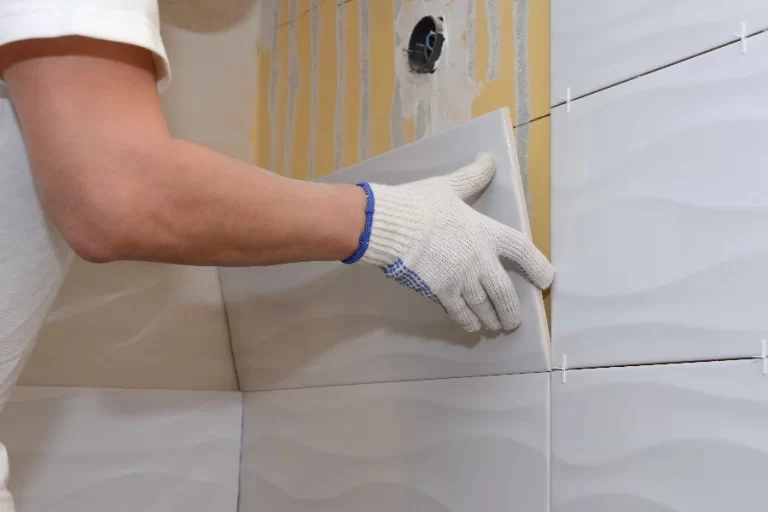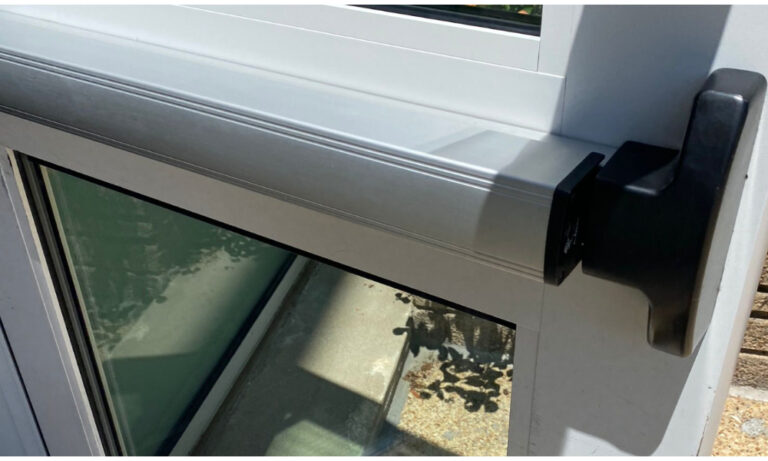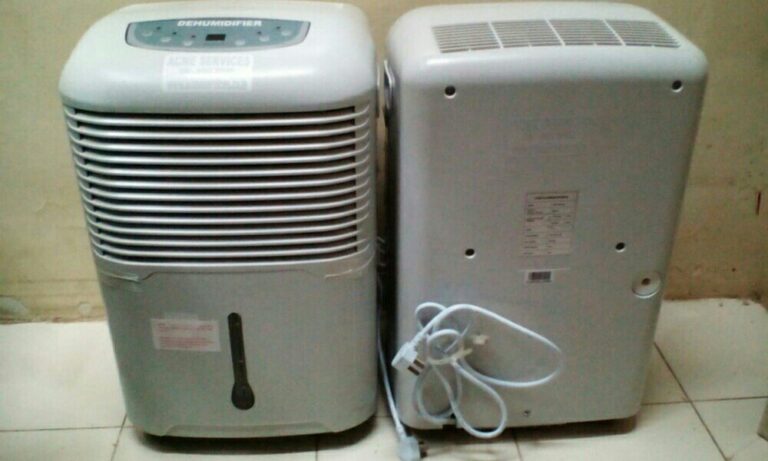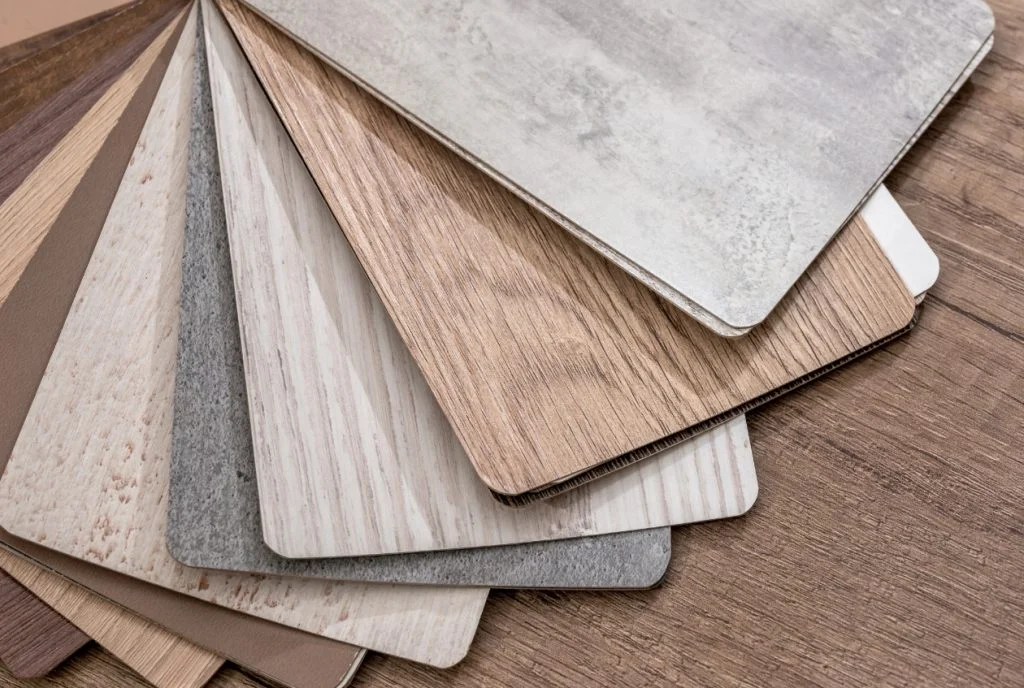
When it comes to installing new flooring, vinyl is a top contender due to its affordability, durability, and versatility. Two popular forms of vinyl flooring are rolls and tiles. Each has its advantages and specific uses, but how do they stack up against each other? Let’s delve into vinyl flooring rolls and tiles to determine the best option for your home renovation.
Vinyl Flooring Rolls: The Seamless Solution
Vinyl flooring rolls are a widespread choice for areas where you want a quick, seamless installation. They come in large sheets that can be rolled out to cover entire rooms without seams, making them excellent for kitchens, bathrooms, and other areas prone to moisture.
Advantages of Vinyl Rolls
- Seamless Finish: Vinyl rolls provide a smooth, continuous surface without crevices. This means fewer places for moisture and dirt to hide, making them ideal for wet areas.
- Quick Installation: It’s generally faster to install a room with vinyl rolls than to lay individual tiles, especially in larger spaces.
- Cost-Effective: Per square foot, vinyl rolls can be more budget-friendly than tiles, especially when covering large areas.
Potential Downsides
- Style Limitations: While available in various designs, the patterns on vinyl rolls are repeated more frequently, which might be less appealing than the unique layouts you can create with tiles.
- Replacement Challenges: If a section gets damaged, you might have to replace an entire roll or a larger section of flooring, as opposed to removing a few tiles.
Vinyl Floor Tiles: Flexibility and Creativity
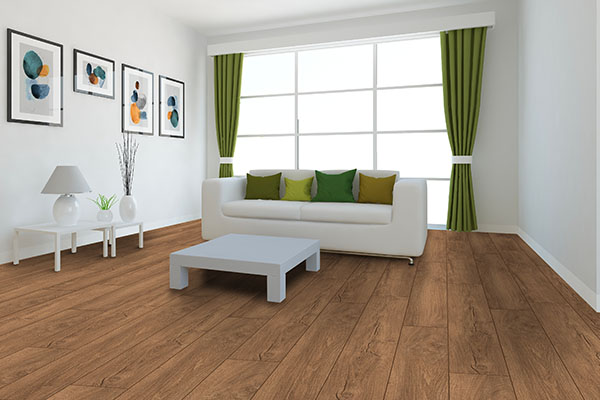
Vinyl tiles offer a different set of benefits, primarily their modular nature which allows for customized designs and easy replacement. They are a favorite among DIY enthusiasts because they offer more control over the final aesthetic.
Advantages of Vinyl Tiles
- Design Versatility: With vinyl tiles, you can mix and match different styles, create unique patterns, or simulate the look of more expensive materials like hardwood and stone.
- Easy Repairs: If a tile is damaged, you can easily replace it without disturbing the rest of your floor.
- Installation Options: Tiles can be moved and adjusted more easily during installation to fit unusual room shapes or patterns.
Potential Downsides
- More Seams: Tiles mean seams, and seams can become a haven for dirt or moisture. This could lead to additional cleaning and maintenance.
- Complex Installation: Laying tiles takes more time, especially if cutting is required to fit the room or design patterns.
Making the Choice: Rolls or Tiles?
Consider Your Space
Think about the size and function of the room. Vinyl flooring rolls might be better for large, moisture-prone areas due to their seamless nature. Tiles could be more suitable for smaller spaces or rooms where you want a patterned or custom look.
Think About Installation
If you’re doing the work yourself and have never laid flooring before, vinyl rolls might provide a more forgiving learning curve. For those with more experience or specific design aspirations, tiles offer an excellent opportunity to showcase creativity.
Reflect on Style Preferences
Your personal style should also guide your decision. Do you prefer a sleek, uninterrupted look, or are you drawn to intricate patterns and textures that tiles can provide?
Conclusion
Both vinyl flooring rolls and tiles offer unique advantages that make them suitable for different applications in home improvement. By evaluating your specific needs in terms of functionality, design preference, and installation ease, you can choose the best vinyl flooring option that matches your home’s style and your lifestyle.




